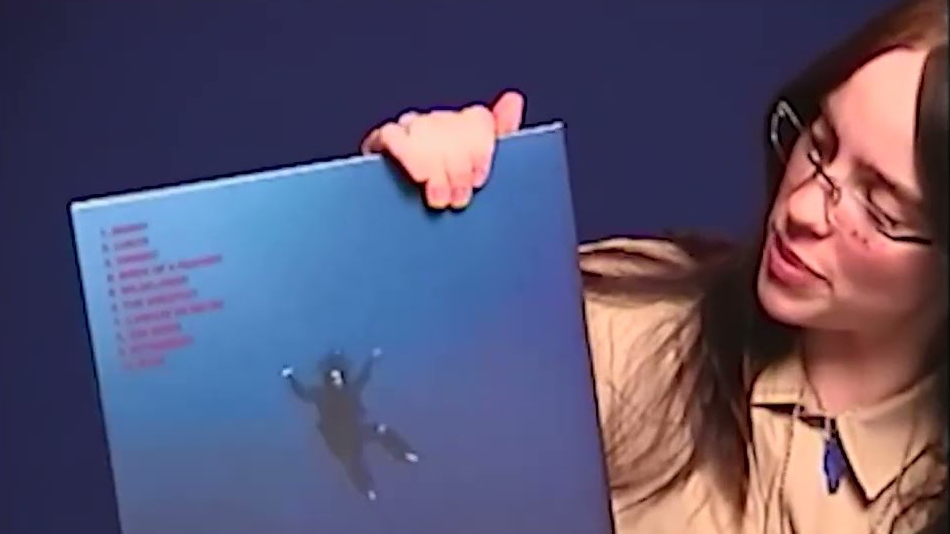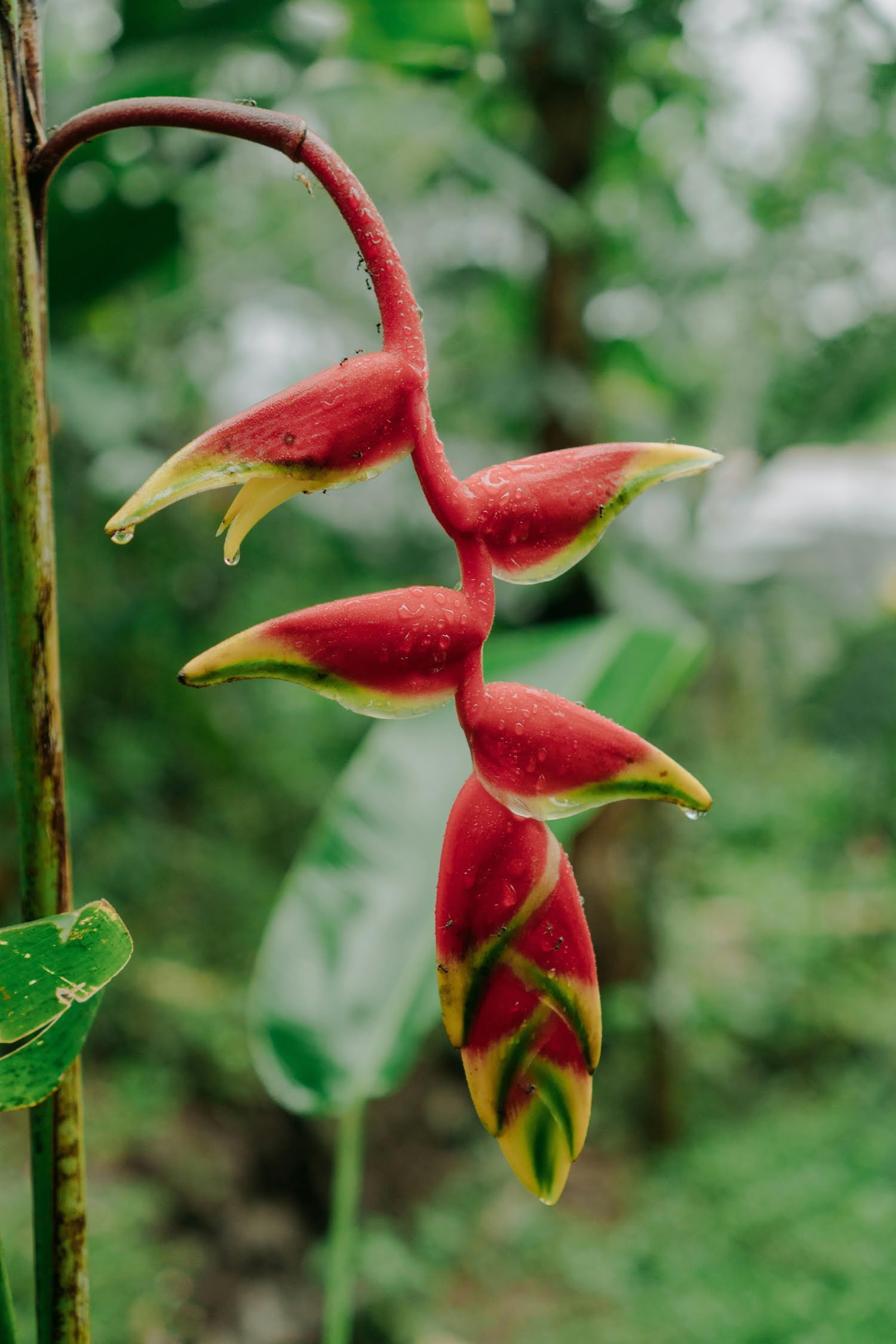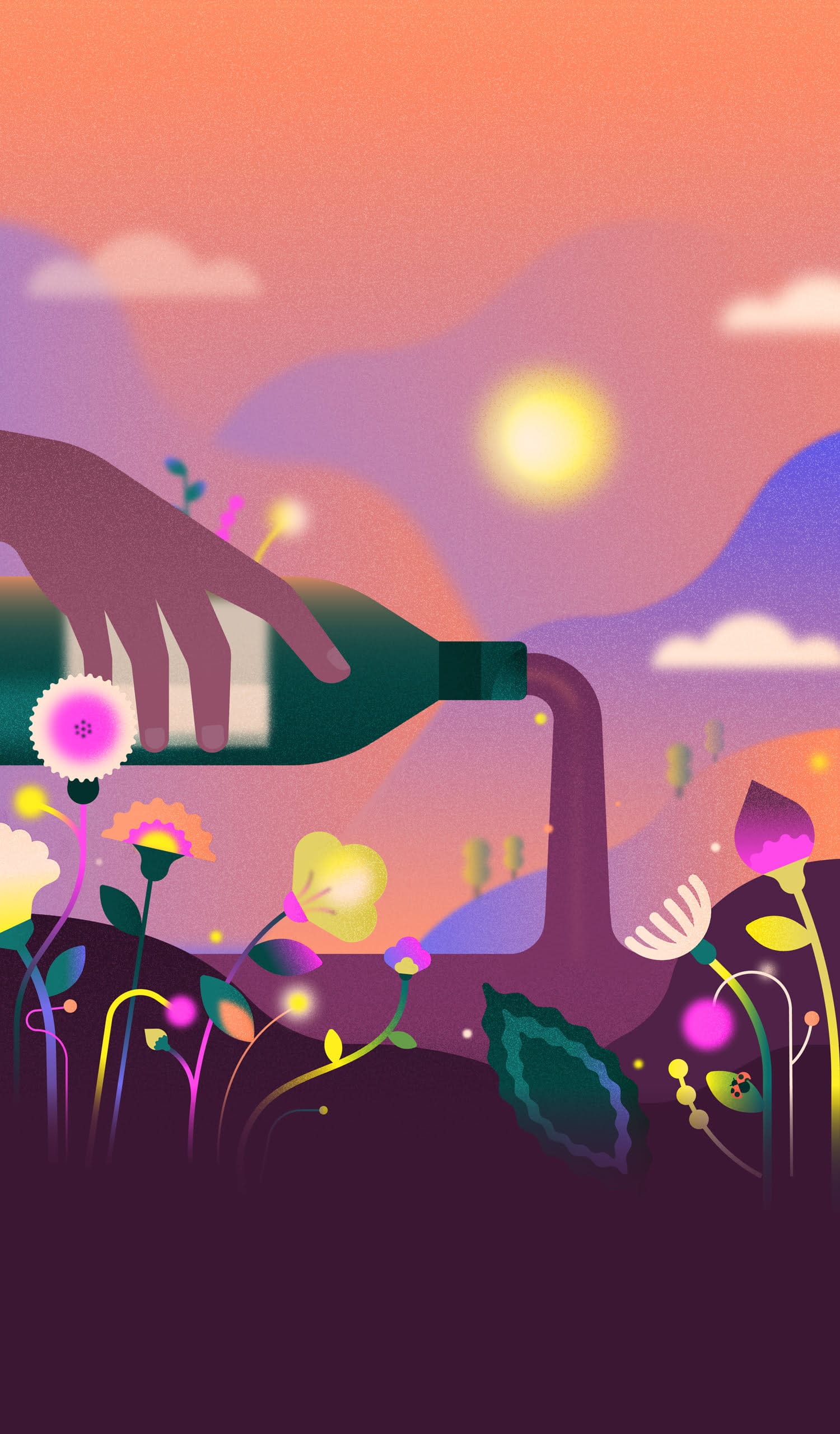Vinyl records are made from oil-based plastics, so on the face of it, they’re bad news for the environment. But there are ways to lessen their impact… so why aren’t more big names doing something?
In 2016, on a road trip through California, Arizona and Nevada, my friend and I drove past a red and white ‘Yield’ sign. That inverted triangle at a junction on the way to the Grand Canyon stood against a backdrop of endless scrubby desert, the colors of the terrain changing as the sun rolled across the sky. I almost shouted to my friend, the driver, to stop the car so I could jump out and take a photo. Why? To recreate the cover of the first album I ever bought on vinyl: Pearl Jam’s fifth LP, Yield.
It would be remiss not to mention that the cover photo for Yield was taken in Montana, not Arizona. But that moment reminded me how evocative and precious vinyl can be. I’m about 15 years too young to have followed Pearl Jam from their inception, but once my high school boyfriend introduced me to them, I was hooked. I’d never felt compelled to buy vinyl before, but that serene cover photo drew me in when I happened upon Yield on vinyl in an independent record shop in Leicester, England, nine years after its 1998 release. Hearing the key-shifting chords of opening track Brain of J on a turntable really did hit differently to a CD. And it’s a good job I’ve listened to it more than 20 times over the years, because that, as it turns out, is the amount of listens it takes to make it environmentally friendly.

The Eilish effect
The damaging impact of vinyl production isn’t a new discovery, but as the vinyl resurgence continues (US sales hit 50 million albums in 2023) and the environmental implications are getting more attention than ever. This spring the issue came back into the spotlight thanks to Billie Eilish. The singer announced that vinyls of her latest album, Hit Me Hard and Soft, would be pressed on 100% recycled LPs, or biovinyl, a material made from recycled cooking oil rather than petroleum derivatives.
She has long been one of the most vocal figures on climate change in the world of music, having hosted her own climate convention, used renewable energy to power her shows, and worked with environmental nonprofits to slash the impact of touring.
Eilish is the biggest artist to embrace biovinyl, but not the first. And she joins a long tradition of musicians drawing attention to the climate emergency: British group Massive Attack, for instance, have been talking about global warming for decades, and worked with scientists to produce evidence-backed recommendations for reducing emissions from live music. Dave Matthews Band has a longstanding partnership with the environmental nonprofit Reverb. Coldplay has embraced renewable energy and green tech for their tours, cutting emissions by nearly 50% on their current tour, compared to the last one. As for Pearl Jam, they’ve been counting their carbon emissions since 2003, but last year a carbon credit provider that the band used was accused of overstating the impact of its deforestation work – a reminder that offsetting alone won’t ever be enough.
Can vinyl be better?
Environmentally, vinyl is quite nasty stuff. Vinyl records are made from PVC, which is also used to make things like water pipes, car interiors, clothing and shoes. The pellets of PVC used to make records are created by a complex procedure that starts with salt and hydrocarbon, a compound derived from fossil fuels.
“If the processes exist to create recycled or eco-friendly vinyl, why aren’t more A-listers doing it?”
Not only does PVC rely on environmentally damaging processes to create it, it’s also difficult to dispose of, due to the chemical compounds it contains. There’s no use throwing a broken or scratched vinyl record in to your plastic recycling bin at home – local waste services are generally not able to deal with it. Across European Union member states, Norway, Switzerland and the UK, only around 27% of PVC waste is recycled, and a lot of that comes from industry. In the US, trade body The Vinyl Institute says 71,000 tonnes of consumer vinyl products are recycled annually – but the US produces 7.2 million tonnes of PVC per year, so even when industrial PVC recycling is factored in, those figures suggest only around 7% of all the PVC produced in the US is actually being recycled.
But if the processes exist to create recycled or eco-friendly vinyl records, why aren’t more A-list musicians following Eilish’s example? I put this question to Chris Roorda, founder of Deepgrooves – a Netherlands-based pressing plant committed to producing records as sustainably as possible. He thinks for a moment. “I’m really not sure,” he answers. “We are talking with major labels, but it’s not really coming through.”
Deepgrooves has worked with Massive Attack, as well as Martin Garrix and environmental toxicologist-turned-DJ Jayda G. Roorda teases that he’s working with more artists that he can’t yet mention. “The resources are there,” he says. “At the moment, we specialize in biovinyl. Sound-wise, it’s the same product as a regular vinyl. Production only costs about 50 cents more per record. But we’ve seen some majors say that because it’s 50 cents more, it has to be five euros more in the shops, and I don’t think that’s fair.”

Massive Attack’s Robert del Naja has been outspoken on environmental issues. The band have funded research into how music can reduce its environmental impact. Photo: Iwi Onodera via Getty Images
Could major labels be reluctant to use slightly more expensive eco-production methods, for fear they won’t recoup the money? “That is an assumption,” says Roorda. He adds that they might also be tied into contracts with other vinyl producers, but says he’s seeing more and more artists insist on green products. “Production can be easily upscaled,” he says. “We have the resources. And when more people buy biovinyl, the price will go down.”
To buy or to stream?
When it comes to how green recorded music is, the focus is understandably on physical products. But streaming and other digital formats aren’t emission-free.
Like all data-heavy digital activities, streaming is powered by heat-belching data centers. In 2023, according to its own calculations, Spotify’s emissions were 275,535 tonnes – to put that into context, that’s about the same amount as 60,000 cars would emit in a year (based on an average American vehicle emitting 4.6 tonnes annually). Around 25% (70,294 tonnes) of the total emissions came from cloud services, where Spotify’s operational data and music is stored.
Any estimate of the pollution caused by making an individual vinyl record rests on a lot of assumptions, but it comes out somewhere around one kilogram of CO2e (carbon dioxide equivalent – the standard measure used for pollution that contributes to climate change) per record. That’s equivalent to 17 hours of streaming – time to listen to about 20 albums.
With 43 million vinyl records sold in the US in 2023, that puts the total emissions from making those records somewhere in the region of 43,000 tonnes of CO2e. You might be surprised to see that that’s still lower than the emissions from Spotify’s cloud usage. And that’s just one streaming service – the figures would significantly increase if we started adding others, like YouTube and Apple Music, into the equation.
“If you’re going to listen 20 times or more, feel free to treat yourself to a physical copy”
So, are vinyl records actually more environmentally-friendly than streaming music? The answer is more complex than a simple yes or no. Until widespread adoption of genuinely green vinyl production techniques, records will still be made with fossil fuel derivatives and contribute to plastic pollution.
The key thing to remember is that the impact of vinyl mostly happens when it’s made, while the impact of streaming increases every time you play a song. This means vinyl has an environmental break-even point: if you’re only going to listen to something a few times, it’s not worth getting a physical copy – just stream it (pro tip: save on the energy used to transmit songs to your device by downloading anything you play repeatedly). However, if you’re going to listen 20 times or more, treat yourself to a physical copy.
And if by then you’ve got tired of it, sell it on or give it away, so someone else can listen to it another 20 times.
Imagine5 Volume 4 is here.

Cover star Madame Gandhi on the sounds of the Antarctic, free climber Alex Honnold reveals his biggest challenge yet, actor Rainn Wilson embraces his soulful side and much more more!
Starting at 7,- plus shipping
Get your copy nowAbout Imagine5
We are storytellers inspiring you to live a planet-friendly life. Through our stories we shift perspectives and help you see that sustainable change is already underway. Sparking imagination that leads to action, creating a shift to sustainable behaviour as the norm. It’s happening.
Read moreMUSIC AND CLIMATE









